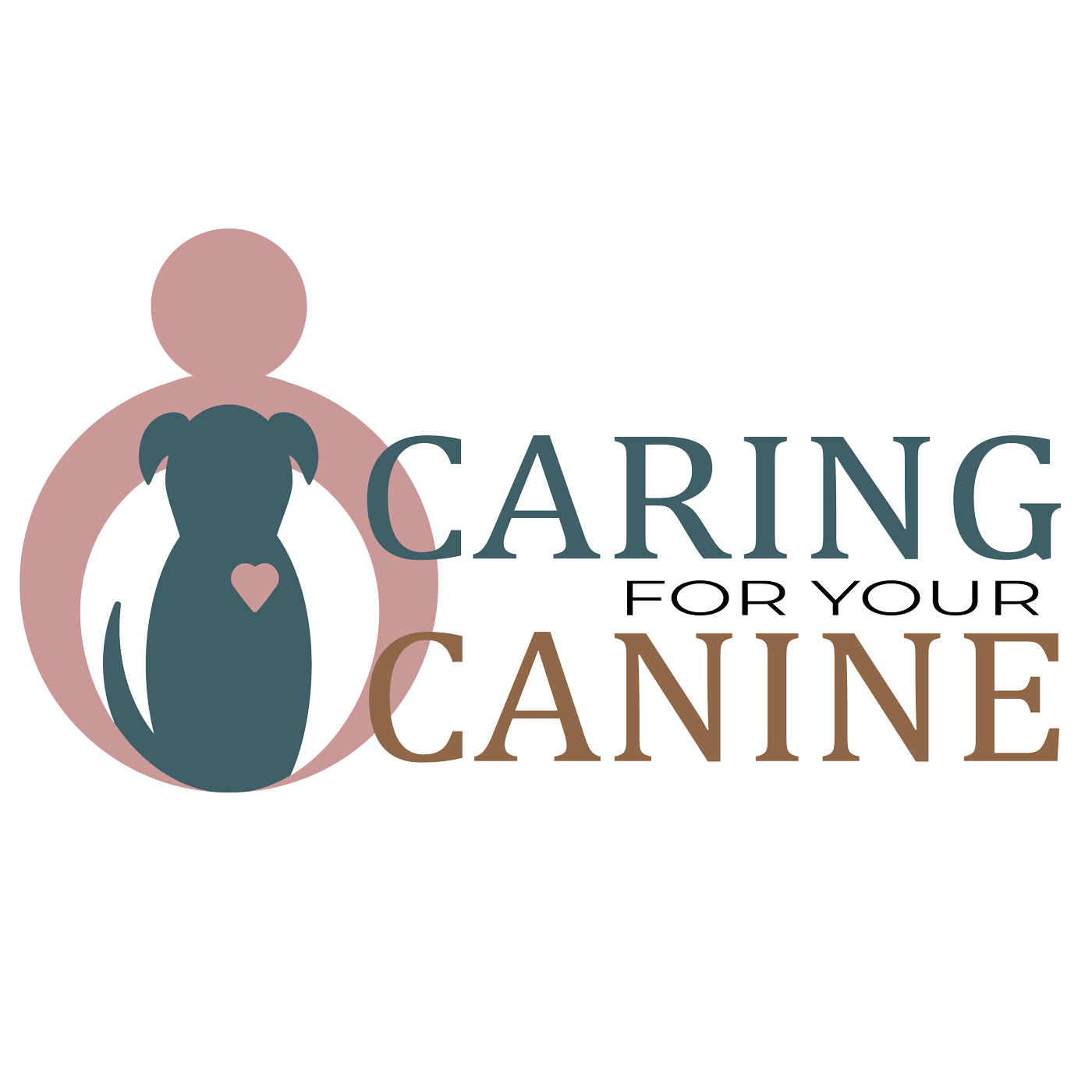When our dogs reach “senior” status, we’re often advised to switch to special senior dog food. At first glance, this seems perfectly logical: older dog, senior food. But is this actually the best advice for every older dog?
In this blog, I want to challenge this widely accepted idea and explain why senior dog food isn’t necessarily the right choice for every aging four-legged friend. In fact, for many older dogs, standard “senior formula” food may contribute to a problem that many of our gray companions face: loss of muscle mass.
What exactly is senior dog food?
A possibly surprising fact: there is actually no official standard for what constitutes “senior” dog food. Unlike puppy food, for which specific nutritional requirements have been established by organizations such as AAFCO in the United States and the European Petfood Industry Federation (FEDIAF) in Europe, there is no official definition of what makes food suitable for older dogs.
When you walk through a pet store, you’ll see bags and cans with labels like “senior” or “aging care,” often with a beautiful photo of a gray muzzle on the packaging. But these are marketing terms, not scientifically defined categories. This differs from puppy food, where specific requirements exist for growth and development. For older dogs, each manufacturer determines what a “senior” formula entails based on their own criteria and research.
Many dog owners are quite surprised by this, and rightfully so! They assume that if a bag says “senior formula,” it must meet a certain official standard specifically designed for older dogs. However, it turns out that there are enormous differences between various brands. Some have significantly reduced protein content, while others have higher levels with added supplements. Some focus primarily on calorie restriction, while others emphasize ingredients for healthy joints.
This means manufacturers have complete freedom to decide what goes into a senior formula and what age actually constitutes “senior” status. As a result, senior dog food varies enormously in composition from brand to brand.
That being said, there are a few common adjustments that you’ll usually find in food marketed for older dogs:
- Fewer calories – based on the assumption that older dogs are less active, that their metabolism changes, and therefore they need fewer calories to maintain their weight. In many cases, this is true – but not for all dogs.
- Less protein – many (but not all) senior dog foods contain less protein than maintenance food for adult dogs. This reduction stems from the idea that it would protect kidney function.
- Extra supplements – senior formulas often contain additions such as glucosamine, chondroitin, and omega-3 fatty acids to support joints and cognitive function.
- Softer texture – some senior foods have a less hard structure to accommodate dental problems that often occur in older dogs.
I’ve mentioned it before: the age at which a dog becomes “senior” varies depending on the size of the breed. Large breeds such as Great Danes are considered seniors as early as 5-6 years of age, while small breeds don’t reach senior status until 10-12 years of age. So even the definition of “senior” is not universal.
Protein restriction: a major misconception
A persistent misconception that I regularly encounter is the idea that older dogs need less protein. For years, there was a belief that reducing protein intake could prevent or slow the development or progression of kidney failure in older dogs. This led many manufacturers to make senior formulas with less protein than regular adult dog food.
This misconception has a long history. In the 1970s and 1980s, early studies on kidney failure in dogs suggested that reducing protein could help maintain kidney function. But the point is that these studies were conducted on dogs that already had kidney failure to some degree – not on healthy older dogs! Somehow this led to a general recommendation for all older dogs, regardless of the condition of their kidneys.
But: current research shows that healthy older dogs actually often need MORE protein, not less.
Several studies have clearly demonstrated that healthy older dogs who eat a diet with increased protein maintain their muscle mass better than dogs who receive a protein-restricted diet.
Think about what happens to us as we age – if we don’t consciously do something about it, we lose muscle mass as we get older. This is called sarcopenia. The same happens with dogs. And one of the most effective ways to counter this loss? A combination of exercise and adequate protein intake.
It has now been shown through various studies that protein reduction is only beneficial for dogs that already have kidney failure, not as a preventive measure. But once kidney failure is present, dietary adjustments can make a huge difference. Dogs with diagnosed kidney failure certainly need carefully controlled protein levels in their diet. But that’s a specific medical condition that requires veterinary guidance, not a preventive measure for all seniors.
The importance of muscle preservation
I want to emphasize once more how important maintaining muscle mass is for older dogs. Muscles are not only important for mobility but also for immune function and overall health.
When dogs lose muscle mass, they become weaker, less stable on their feet, and more susceptible to injuries. Their metabolism slows down, making weight management more difficult. And their ability to recover from illness or surgery decreases. This is called frailty, a term used in medical science to summarize a situation with multiple aspects in one word:
In essence, frailty means that the body has fewer reserves to fall back on during periods of stress, illness, or increased strain. A dog with frailty has less “buffer” and can, therefore, deteriorate more quickly with relatively minor problems that a healthy younger dog would recover from without issue.
That’s why adequate protein intake is so important for older dogs. The amino acids in protein are the building blocks for maintaining and repairing muscle tissue. Without sufficient high-quality proteins, muscle loss accelerates.
Making the right choice for your older dog
How do you determine what your older dog should actually eat? There are several important individual factors to consider:
Activity level: Many seniors remain quite active well into old age. These dogs need enough calories to continue doing so. On the other hand, there are dogs that have genuinely slowed down with age. I’ve seen many 12, 13, or 14-year-olds who prefer short, quiet walks and lots of naps. In those cases, a reduction in calories is necessary – but even then, protein quality and quantity remain important factors.
Weight and body condition: Is your dog at ideal weight, underweight, or overweight? If your dog has gained weight or easily gains weight, you might choose a diet for weight control, as these diets have fewer calories but still contain sufficient protein and other minerals. This is a much better option than simply reducing the amount of their current food, as this can lead to deficiencies.
Health problems: This is where an individual approach becomes important. Dogs with kidney failure may need less phosphorus and adjusted protein levels. I’m a big fan of regular blood tests for older dogs, at least once a year. In the blood, we can often see an emerging problem before symptoms appear. Then we can intervene early. But if blood tests show that your dog’s organs such as liver and kidneys are doing fine, there’s no reason to switch to senior food!
Dental problems: Some older dogs have dental problems that make it difficult to chew hard kibble. So the consistency of the food might need to change, but that doesn’t necessarily mean the composition needs to change as well.
What can you add to your senior’s diet?
Omega-3 fatty acids
A nutritional supplement with strong scientific support for older dogs is omega-3 fatty acids. The most important omega-3s for dogs are EPA and DHA, primarily found in marine sources such as fish oil or algae oil.
Studies have shown that dogs with arthritis who received omega-3 supplements often had improved mobility and less pain. Additionally, omega-3 fatty acids have been found to support cognitive function in older dogs and potentially have a protective effect against canine dementia.
To achieve these effects, we generally need a much higher dosage than a dog would get from food alone, and it’s useful to give a supplement. The risk when using a supplement is that fish oils can very easily become rancid. Then they can actually have an adverse effect. You can counteract this by storing them in the refrigerator. Additionally, I prefer capsules or softgels instead of bottles of oil. This protects the vulnerable oil from oxidation.
Attention: several omega 3 products have rosemary extract in the ingredient list as a natural conservative. If your dog has epilepsy it is better to avoid those, as rosemary extract can be a trigger for an epilepsy episode. So make sure you read the label carefully!
Probiotics
Probiotics are beneficial bacteria that support gut health, and there is growing scientific evidence that they can be very valuable for older dogs. They can help improve digestion in older dogs, support immune function, and even have an anti-inflammatory effect.
Superfoods
Finally, I’m a big fan of regularly adding small doses of superfoods to a dog’s diet. These are nutrient-rich foods with a high concentration of antioxidants and other beneficial compounds. They are incredibly useful on their own but also serve as food for the beneficial bacteria in the gut – a double benefit! I have written an e-book about 10 practical superfoods: all about the E-book
Conclusion
Don’t be talked into something by clever marketing techniques and beautiful pictures of fit seniors. Your dog doesn’t necessarily need senior food because there’s a certain number of candles on their birthday cake! Look at what your companion needs based on their specific health condition, body condition, and activity level. That gives you the best chances of keeping them fit and active, at whatever age!


 Want to receive 5 tips for your senior dog in advance?
Want to receive 5 tips for your senior dog in advance?